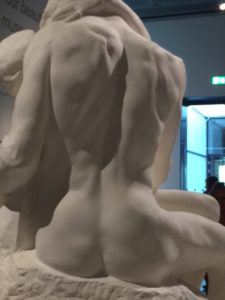
I know quite a lot about my heritage. I can tell you that my family all hails from the
British Isles. With family names like Harvey and Mckenzie and given names like Elizabeth and Harold and Charles, that’s no surprise. I can tell you that I inherited my dad’s broad shouldered bone structure and my mom’s mousy brown hair. I inherited my mom’s fear of almost everything, but luckily that fear got balanced out by my dad’s more adventurous nature. And I got both of their fiery tempers, as my husband would tell you. The older I get the more I see my parents in me. That doesn’t always make me happy, but it does make me a little more sympathetic toward them.
Then there are the learned behaviors that are also part of my heritage. I grew up drinking iced tea no matter the weather. I still do. I grew up loving the outdoors because we spent so much time out. At the risk of sounding like a Monty Python song, my father was a lumberjack, and he was, for the most part, okay.
My parents were already well into middle age when I came along, and I grew up hearing, ‘I’m too old for that’ ad nauseum from both or them. They were of an era when being too old meant you were over thirty, which thinking back at their lives of hard physical labor, was probably more than just an excuse.
My sister and I often talked about our physical inheritance, as well as those traits we learned – both loved and hated. Since she was nearly seventeen years older than I, there was a significant difference in our non-physical heritage. What neither of us had any idea about is our sexual heritage. I’m sure a lot of people might cringe at that thought and think TMI. Here’s what I mean. My parents were kinder to each other than many married couples I’ve observed, but when my little friends whispered and giggled and made faces out behind the woodshed about how babies were made, I swore to them they were wrong. My parents would never do anything like that. As I got older, of course, even I had to admit that they surely must have done it three times because there was me and my brother and sister.
I understand that people didn’t show THAT kind of affection back in my parent’s day. And I understand that no one ever talked about it. Honestly I would have been mortified if my parents had even tried to give me the talk. Anyway I figured I knew more than they did. While I was rather inexperienced in my younger years, I was well versed in the biology of “doing it.” I’d done a lot of seeking out information when I accidentally discovered masturbation at the ripe old age of eleven. That discovery began my adventure of learning my own body and the pleasure it could give me, pleasure that seemed almost boundless. But I have to admit, I often wondered where I got the tremendous drive toward pleasure. There always seemed to be an underlying sense that sex was nasty, that sex was dangerous. Because no one ever talked about it and because I never knew who it was safe to talk about it with until I was in university, I couldn’t help wondering if I had inherited this crazy secret libido that drove me to want to touch and explore myself, that made me think about sex A LOT, or if I was just an anomaly.
I wonder just how many people out there find themselves like me, feeling like a sexual orphan. What I mean by that is the information, the knowledge of love and lust and the major role it plays in all our lives and relationships seems to be as sealed and kept secret as the records in orphanages used to be. So many of us, even now, grow up with absolutely no sexual context and so much shame and fear that we have to try and secretly create a context for ourselves.
That makes me wonder if the using of sex to sell, if the blatant sexualization of our culture, if the easy availability of every kind of porn online isn’t all an attempt to create that context. And yet we still seem to fear talking openly about what goes on “down there,” even worse about how it makes us feel, about how it connects us or doesn’t in our most intimate relationships. In spite of sex in films, books, advertising, sports, social media, sex in almost every aspect of our lives, the underlying fear, the shame, the guilt doesn’t seem to have diminished since my parent’s day. And neither has our self-doubt about our bodies, about our own sexual identities.
That lack of sexual knowledge, that lack of understanding our bodies, leaves us open and vulnerable to all of the misinformation that’s out there, and there’s a lot! The biggest fear, the one shared over and over again, seems to be the fear that something is wrong with us. Why don’t we feel the way we’re supposed to feel? Why can’t we perform sexually like porn stars, or like in the movies? Why isn’t there fireworks, and why doesn’t the earth move? The shame, the guilt, the fear, the self doubt, it’s still all there. It’s just in nicer packaging with solutions we can discretely buy online that will make us better, that will make us feel like we’re supposed to feel.
Looking back, perhaps the true sexual inheritance from my parents, the one that matters most, was that while they never talked about sex, while they were not overtly affectionate toward each other, neither did they ever shame me nor feel they had a right to invade my privacy. My sexual inheritance may well be the space they gave me as an angsty teenager to figure it out. They never felt they had the right or the need to raffle through my belongings, to check up on what I read, to come into my room uninvited. That meant space to explore sex in my own way. Being a bit socially awkward in my high school and university years meant I did most of that exploring alone.
Imagine my surprise when I discovered that what I’d learned about my body made 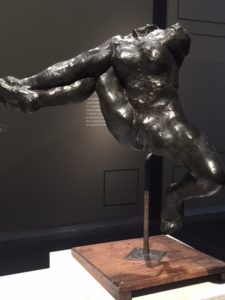 the transition quite nicely into sex with someone else. I don’t think my parents understood completely that I was the kind of a child who did discover things on my own if I wanted to know something bad enough. Mostly they just didn’t talk about it. No matter, it worked for me. Later, much later, my mother’s internal editor spent a lot more time off line. As an old woman, wonderfully crotchety and ever so slightly
the transition quite nicely into sex with someone else. I don’t think my parents understood completely that I was the kind of a child who did discover things on my own if I wanted to know something bad enough. Mostly they just didn’t talk about it. No matter, it worked for me. Later, much later, my mother’s internal editor spent a lot more time off line. As an old woman, wonderfully crotchety and ever so slightly
raunchy when it suited her, she grew past the age of caring what she said. She had stopped looking at me as a child to be protected and started seeing me more as a friend. By that time, in those final years of her life, I was a married woman with a rich sex life of my own, and I was far more demonstrative of my affections toward the son-in-law she adored than she’d ever been toward my dad. It was then that she let a few little spicy tidbits slip into the conversations here and there that made me believe maybe, just maybe I wasn’t an anomaly after all. Maybe I was just my mother’s daughter.
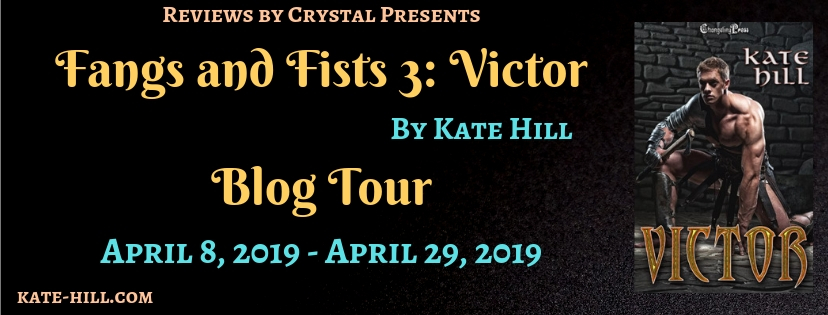
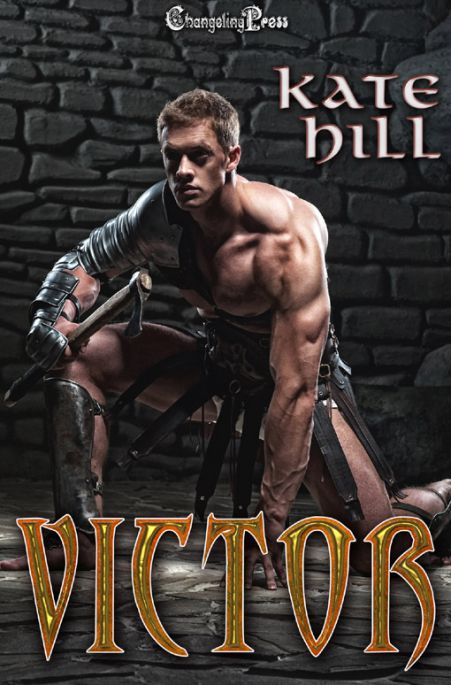 Werewolf gladiator Victor vows to escape captivity by demons or die trying–which nearly happens when his latest opponent takes him by surprise.
Werewolf gladiator Victor vows to escape captivity by demons or die trying–which nearly happens when his latest opponent takes him by surprise.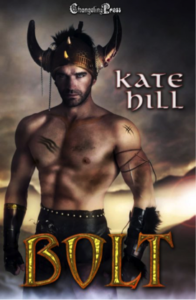
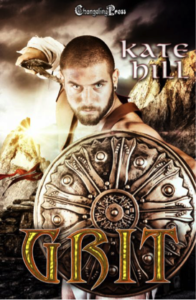
 About Kate:
About Kate:
 Like most writers, my first thought of being stuck is always in relation to my work, though I seldom get writers’ block. While I do have a lot of unfinished stories, most have been tucked away because I had other more pressing projects, or the energy just wasn’t there for them at the time. Some get finished, some don’t. Others have evolved into something else entirely or have been cannibalized by still other stories. Even if I am stuck in some part of a story with a plot logjam, almost always a good long walk will help me figure out what to do to move forward.
Like most writers, my first thought of being stuck is always in relation to my work, though I seldom get writers’ block. While I do have a lot of unfinished stories, most have been tucked away because I had other more pressing projects, or the energy just wasn’t there for them at the time. Some get finished, some don’t. Others have evolved into something else entirely or have been cannibalized by still other stories. Even if I am stuck in some part of a story with a plot logjam, almost always a good long walk will help me figure out what to do to move forward.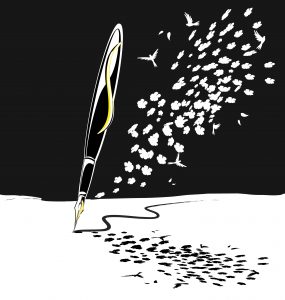

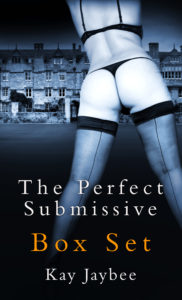 Sarah have been loaned to The Retreat; an adult establishment in the remote glens of Scotland. Suddenly, Jess
Sarah have been loaned to The Retreat; an adult establishment in the remote glens of Scotland. Suddenly, Jess


